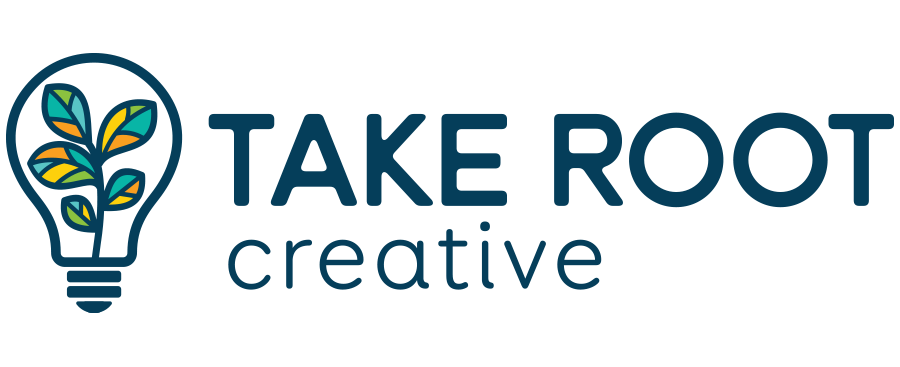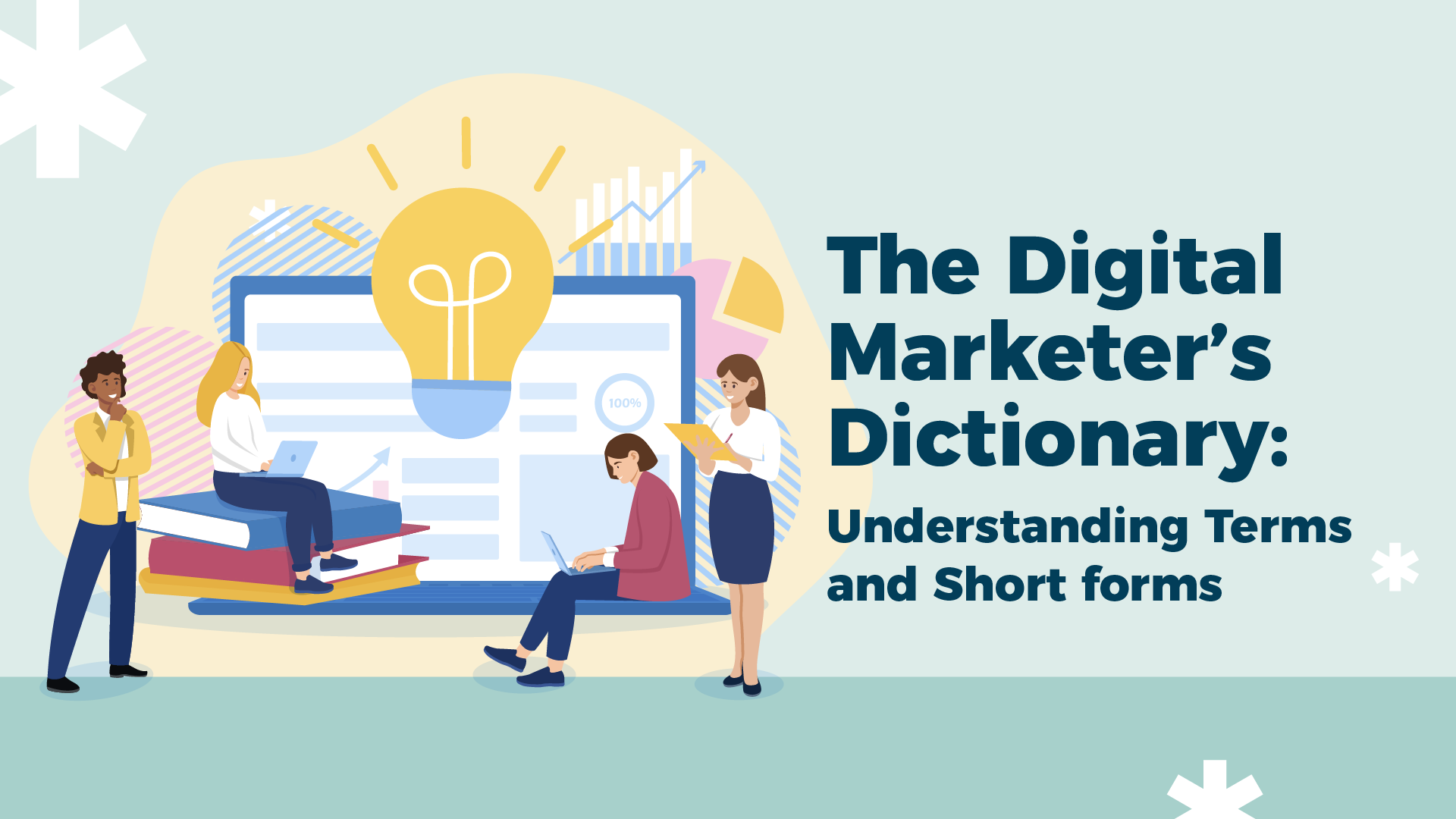If you’re a business owner or manager, running ads can feel like navigating a maze of acronyms, metrics, and marketing jargon. You dive into your reports, trying to make sense of what’s working, what’s not, and where your budget is going – but often find yourself lost in a sea of unfamiliar terms. If this sounds familiar, then you’ll want to check out the Digital Marketer’s Dictionary by Take Root Creative.
This comprehensive glossary was crafted with one purpose in mind: to help business owners decode the complex world of digital marketing reports. It breaks down everything from “CPC” (Cost Per Click) to “ROAS” (Return on Ad Spend) in simple, easy-to-understand language. Whether you’re just starting with online advertising or have been running campaigns for a while, this resource is a valuable tool for making informed decisions and optimizing your ad strategy.
The dictionary isn’t just a list of terms – it’s a practical guide designed to help you understand the numbers in your ad reports. When you’re analyzing performance or discussing campaign results with your marketing team, having this glossary on hand can make those conversations smoother and more insightful.
With marketing constantly evolving and new terms popping up regularly, the Digital Marketer’s Dictionary is the perfect reference to help keep you up to speed.
If you want to take control of your ad campaigns and feel more confident about your marketing investment, explore the glossary below.
Impressions: The total number of times your ads are seen on screen
Reach: The total number of people that saw your ad
Frequency: The average number of times each person saw your ad. 3.5-7 is a strong benchmark
Cost Per Click (CPC): The average cost for each link click.
Click Through Rate (CTR): The percentage of impressions that received a link click out of the total number of impressions.
CPA (Cost Per Acquisition): Metric to measure the cost to acquire one person in the campaign objective (one lead, one purchase, etc)
Conv Value: Metric that shows the total value of revenue attributed to purchases made by people who clicked on your ad.
ROAS: The amount of money your company gets in revenue for each dollar it spent on advertising. It shows up as a multiple (1X, 2X, 3X). You can use this metric to see if your investment in paid advertising is paying off.
For comparison, a good ROAS for facebook ads for ecommerce campaigns is typically around 3-4X, though this can vary by industry
A ROAS below 1X indicates a loss, while a ROAS above 2X indicates a profitable return
Blended CPA: If running multiple lead gen or purchase campaigns, this is the combined average of the CPA between all campaigns
Blended Conv Value: If running multiple purchase campaigns or ad sets, this is the combined average of the CPA between all campaigns (ie. some campaigns may have multiple different ad sets testing out performance from different audiences or separate campaigns may be running for the same product at the same time.)
Blended Roas: This metric is used to measure the success of multiple ad campaigns (For example if you are running ecommerce purchase campaigns for 3 different products / ads, we will report a ROAS for each individual campaign, as well as the total average ROAS of all 3 campaigns)
Brand Awareness: This is a top of funnel marketing campaign designed to show your ads to as many people as possible on screen at the lowest cost.
Lead Gen / Lead Ads: Lead generation is a marketing strategy designed to help advertisers capture consumer interest in a brand. Typically this is a top of funnel marketing campaign, that involves advertisers collecting contact info for potential consumers / leads through a form
Conversion / Shopping: When people click on your ad and that leads to a behaviour that is valuable to you (they make a purchase, sign up for your newsletter, etc)
Top of Funnel: Refers to campaigns that are in the initial stages of the sales funnel – designed to be broad, and aim to educate or inform potential audiences of your product or services without directly promoting them. (ie. if you are a real estate agent, a PDF of a buyers report,
Middle of Funnel: At this stage, potential customers are aware of your brand or product and have expressed interest. However they may not be warmed up enough to convert into a buyer.
Bottom of Funnel: Refers to the final stage in the marketing funnel. This is where prospects are on the verge of becoming customers or are most interested in your product or service. Targeting this warmed audience has some of the strongest chances of conversion

